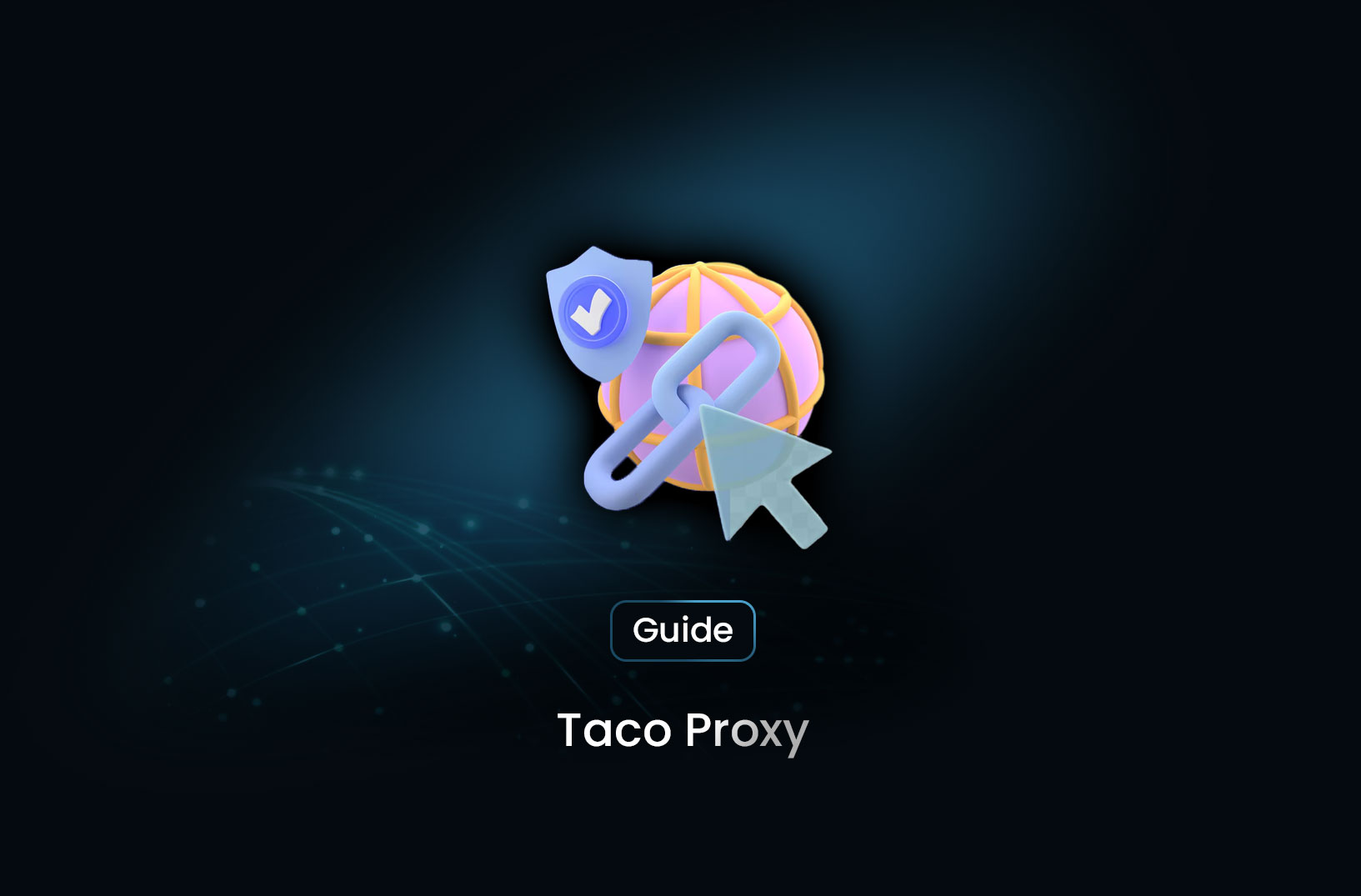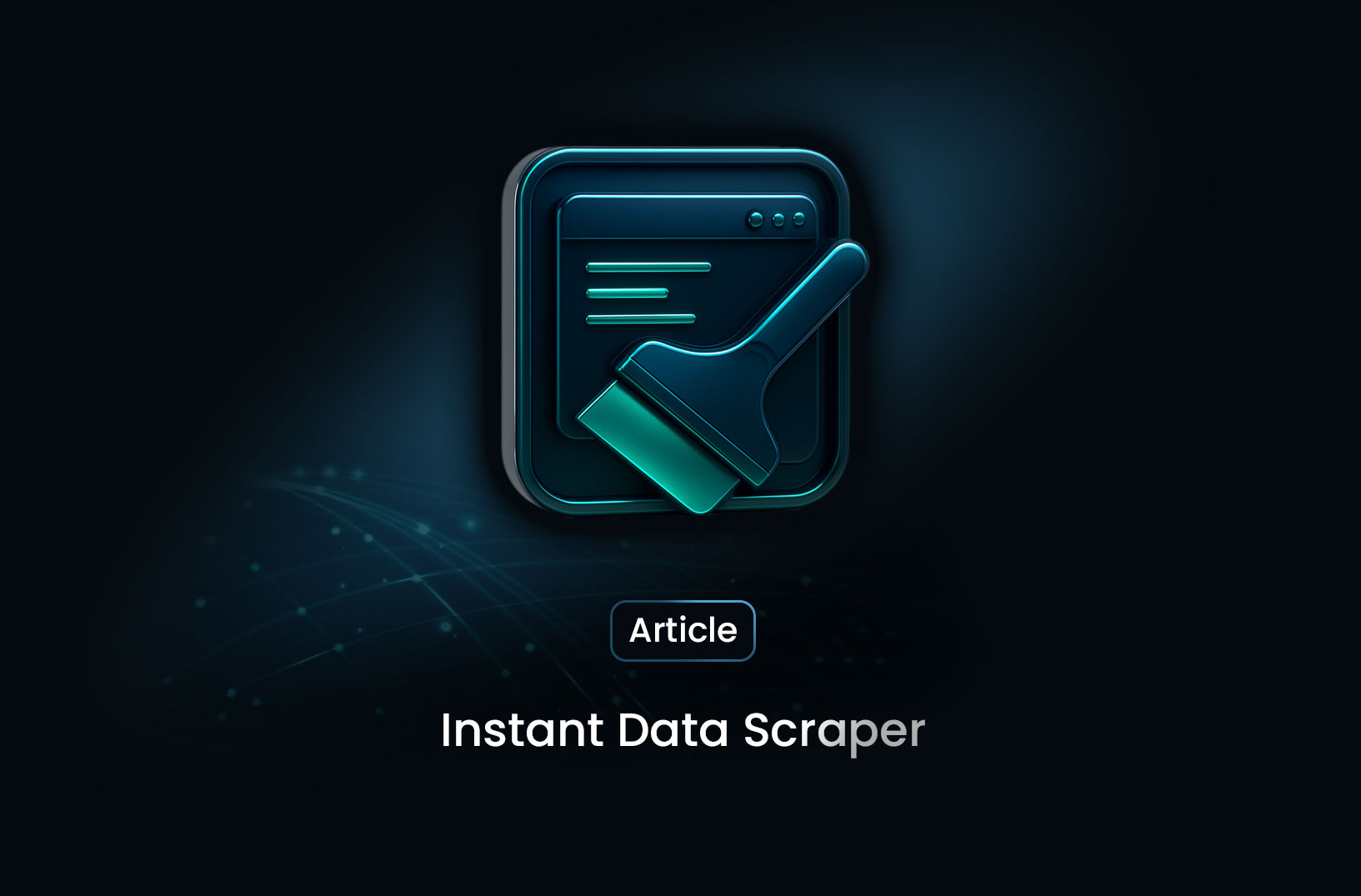
Taco Proxy: Understanding Its Role and Use Cases
ArticleLearn what Taco Proxy is, how it works, and its key use cases for web scraping, SEO monitoring, cybersecurity, and bypassing geo-restrictions. Get step-by-step proxy configuration guides for Python, Scrapy, and cURL.
Taco Proxy is a type of proxy service designed to enhance privacy, bypass restrictions, and optimize data retrieval. It is commonly used for web scraping, automation, and anonymity online.
Unlike traditional proxies, Taco Proxy may offer specialized features like rotating IPs, high-speed connections, and compatibility with various scraping tools and APIs.
How Taco Proxy Works
Taco Proxy functions similarly to other proxy services by acting as an intermediary between the user and the target website. Here’s how it works:
- User Sends a Request – The client (scraper, browser, or automation tool) sends a request through the Taco Proxy service.
- Proxy Forwards the Request – The proxy routes the request through one of its available IPs.
- Website Processes the Request – The target website sees the request coming from the proxy IP instead of the user's real IP.
- Response is Sent Back – The website responds, and the proxy forwards the data back to the user.
Use Cases of Taco Proxy
1. Web Scraping
- Extract data from websites without getting blocked.
- Automate data collection for research, pricing analysis, or lead generation.
2. Bypassing Geo-Restrictions
- Access region-locked content by routing traffic through different locations.
3. Ad Verification
- Check if advertisements are displayed correctly in different regions.
4. SEO Monitoring
- Gather search engine data from various locations to analyze keyword rankings.
5. Cybersecurity and Privacy
- Hide real IP addresses to prevent tracking and ensure anonymity.
Technical Guide: Configuring Taco Proxy
1. Setting Up Taco Proxy on a Browser
- Open browser settings.
- Navigate to Network or Proxy Settings.
- Enter the Taco Proxy IP and port.
- Save and apply changes.
- Test the connection by visiting an IP-checking website.
2. Using Taco Proxy in Python
import requests
proxy = {
"http": "http://username:password@proxy.tacoproxy.com:8080",
"https": "https://username:password@proxy.tacoproxy.com:8080"
}
response = requests.get("https://httpbin.org/ip", proxies=proxy)
print(response.json())
3. Configuring Taco Proxy in Scrapy
Modify your settings.py:
PROXY = "http://username:password@proxy.tacoproxy.com:8080"
DOWNLOADER_MIDDLEWARES = {
'scrapy.downloadermiddlewares.httpproxy.HttpProxyMiddleware': 1,
}
4. Using Taco Proxy in cURL
curl -x http://username:password@proxy.tacoproxy.com:8080 https://httpbin.org/ip
Taco Proxy and Mrscraper.com
If you’re looking for a no-code solution to web scraping with proxy management, Mrscraper.com provides an AI-powered platform that integrates proxy handling seamlessly.
With Mrscraper.com, users can extract data from websites without worrying about proxy configuration, making web scraping more accessible and efficient.
Conclusion
Taco Proxy is a powerful tool for anyone needing enhanced privacy, web scraping capabilities, and geo-unblocking. By setting it up correctly, users can:
- Automate data retrieval
- Conduct market research
- Protect their anonymity online
For those seeking a hassle-free solution, platforms like Mrscraper offer automated scraping with built-in proxy support.
Find more insights here

“Your IP Has Been Temporarily Blocked” — What It Means & What to Do?
Learn why websites show the “Your IP has been temporarily blocked” error and how to fix it. Includes...

Instant Data Scraper Extensions — Effortless Web Scraping From Your Browser
Instant data-scraper extensions let you extract web data instantly without coding. Pelajari cara ker...

LunaProxy vs PYPROXY — Which Proxy Service Fits Your Needs in 2025?
Compare LunaProxy and PYPROXY in 2025 to find out which proxy service fits your scraping, automation...
